Did You Know You Can Grow These Edible Flowers in Your Garden?
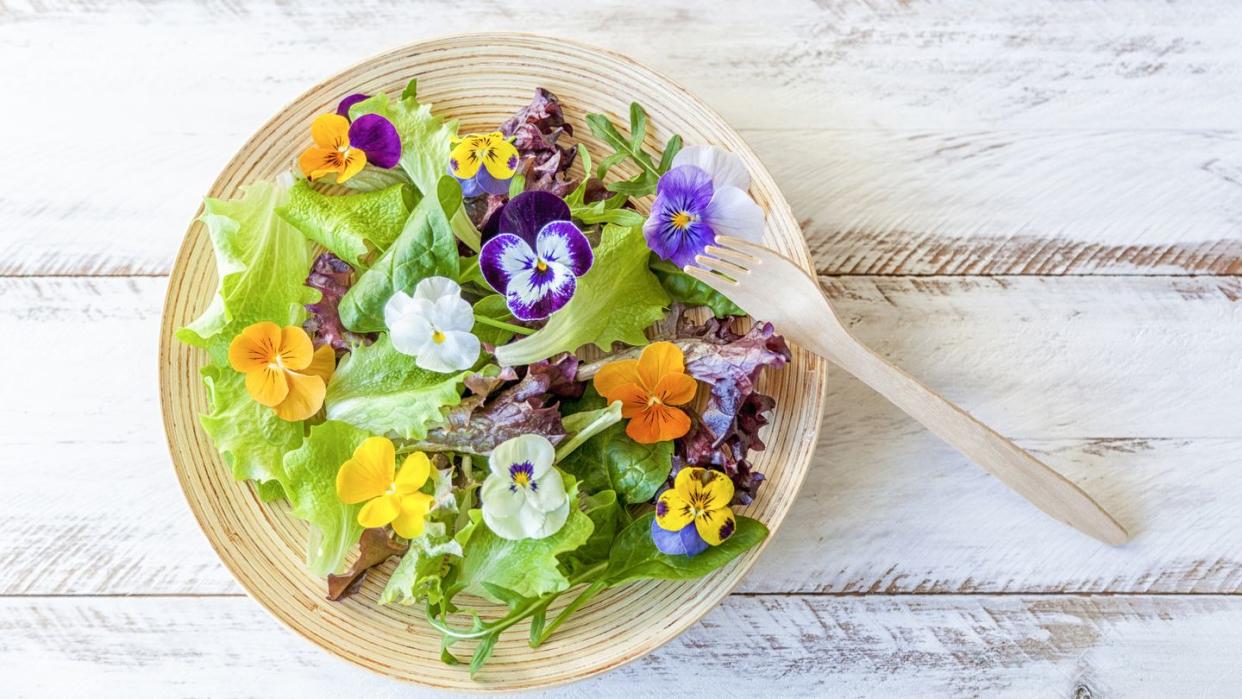
"Hearst Magazines and Yahoo may earn commission or revenue on some items through these links."
Looking for a fun new way to spruce up your recipes? Edible flowers have been used in cooking for centuries, including the cultures of ancient Rome, China, the Middle East, and India. They can decorate cakes, be eaten fresh on salads, frozen in ice cubes, minced for herb butters, or made into jams and teas. Edible flowers not only allow you to add color and beauty to dishes, but they also contain vitamins A and C. Research is beginning to investigate the anti-oxidant and anti-inflammatory properties of edible flowers.
So, what are the types of flowers you can eat? Generally, the petals and whole flowers can be eaten, but remove the white base of each petal, stem, and interior part (such as the anthers and pistils) as these taste bitter. Also, avoid flowers picked from roadsides or obtained from garden centers, florists, or nurseries as these have often been sprayed with pesticides or other chemicals. It's best to look for organic or grow your own flowers to consume, especially since most are easy low-maintenance plants and look beautiful in your garden anyway!
We've rounded up the most common annual and perennial edible flowers that you can grow in your own garden. You'll be surprised at all the different things you can use them for. One easy and delicious suggestion? Try Ree Drummond's Butterfly Martini recipe that calls for an edible orchid. Even as a garnish, it adds such freshness!
Squash Blossoms
In some cuisines like Italian, squash blossoms are coveted delicacies because their harvest time is brief. The flowers can be fried, stuffed and baked, or added to pasta dishes and soups. Harvest the blossoms and use them in the same day. Of course, note that pulling off the blossom means the plant will not produce fruit!
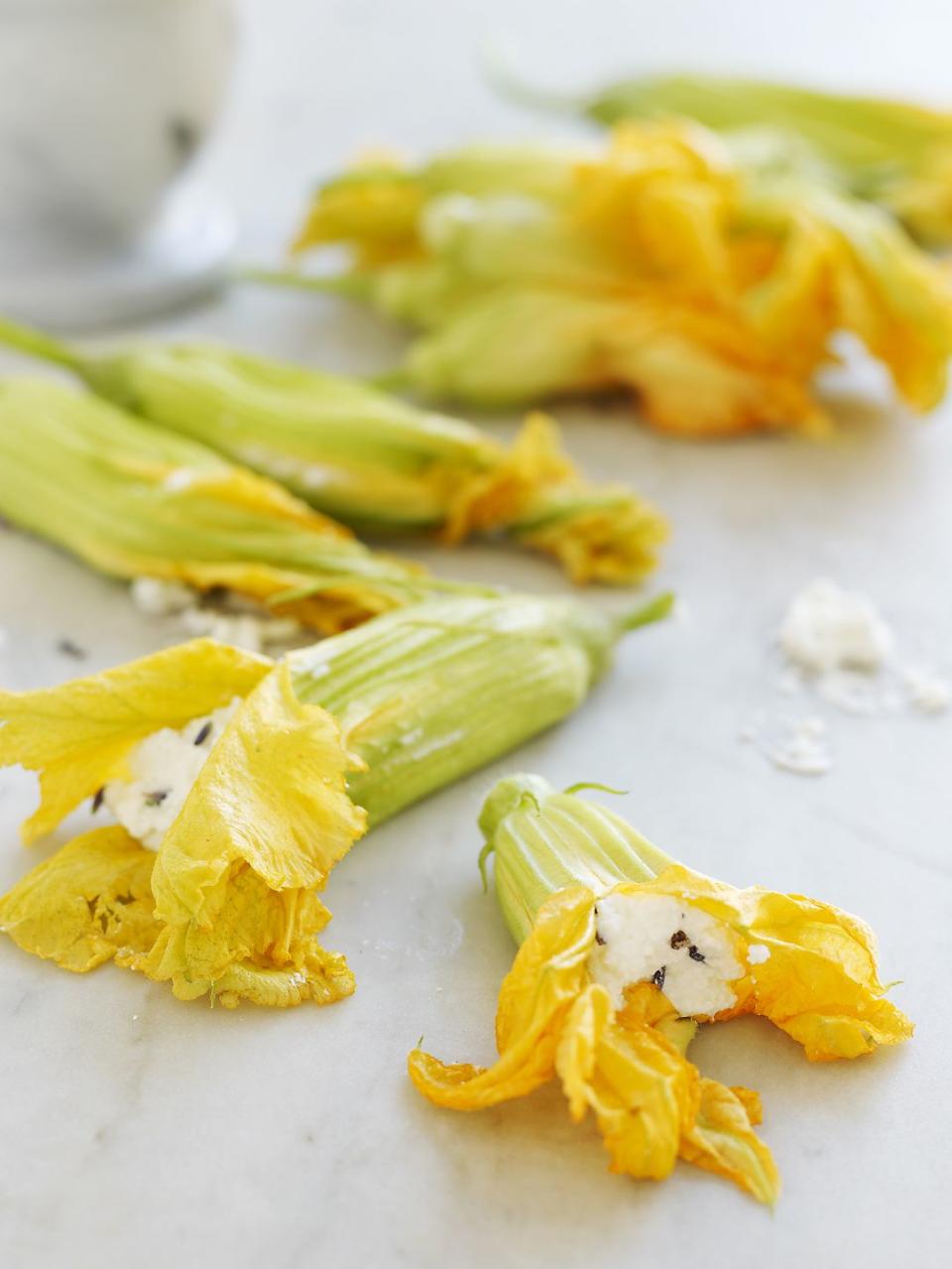
Chamomile
Also called English daisy, the pretty little flowers of chamomile can be steeped to make a tea. It's not fussy and grows in most soils. Some types are annual while others are perennial, so read the plant description to know what kind you have. Note: If you're allergic to ragweed, you might want to avoid this plant, as it may affect you.
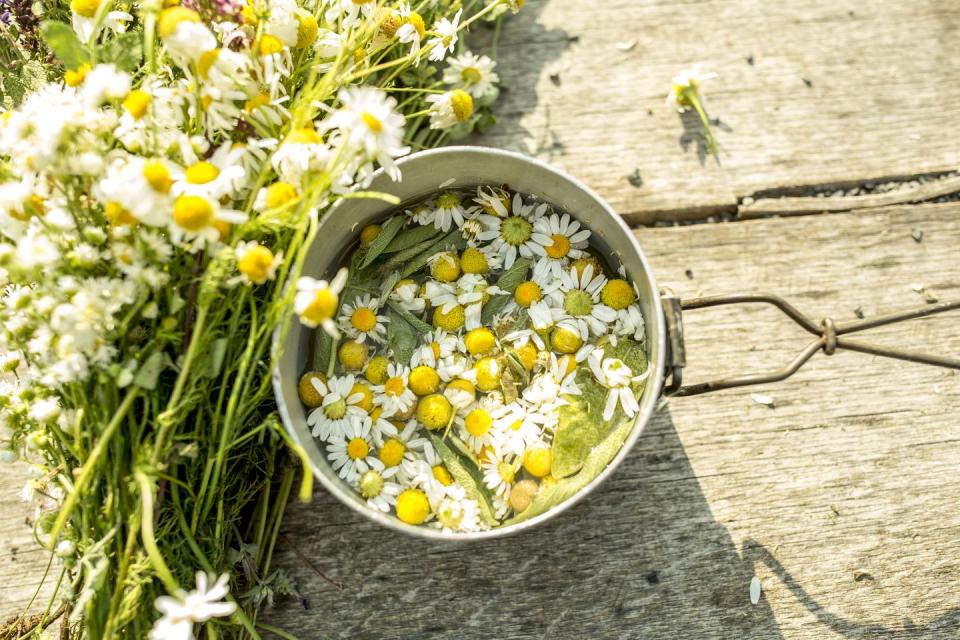
Rose
This classic garden staple has a range of flavors from sweet to spicy. The darker the petal, the more intense the flavor is. Petals can be added to ice cubes or sprinkled on cakes and added to ice cream. Choose newer types that are more disease-resistant so you won't constantly battle powdery mildew.
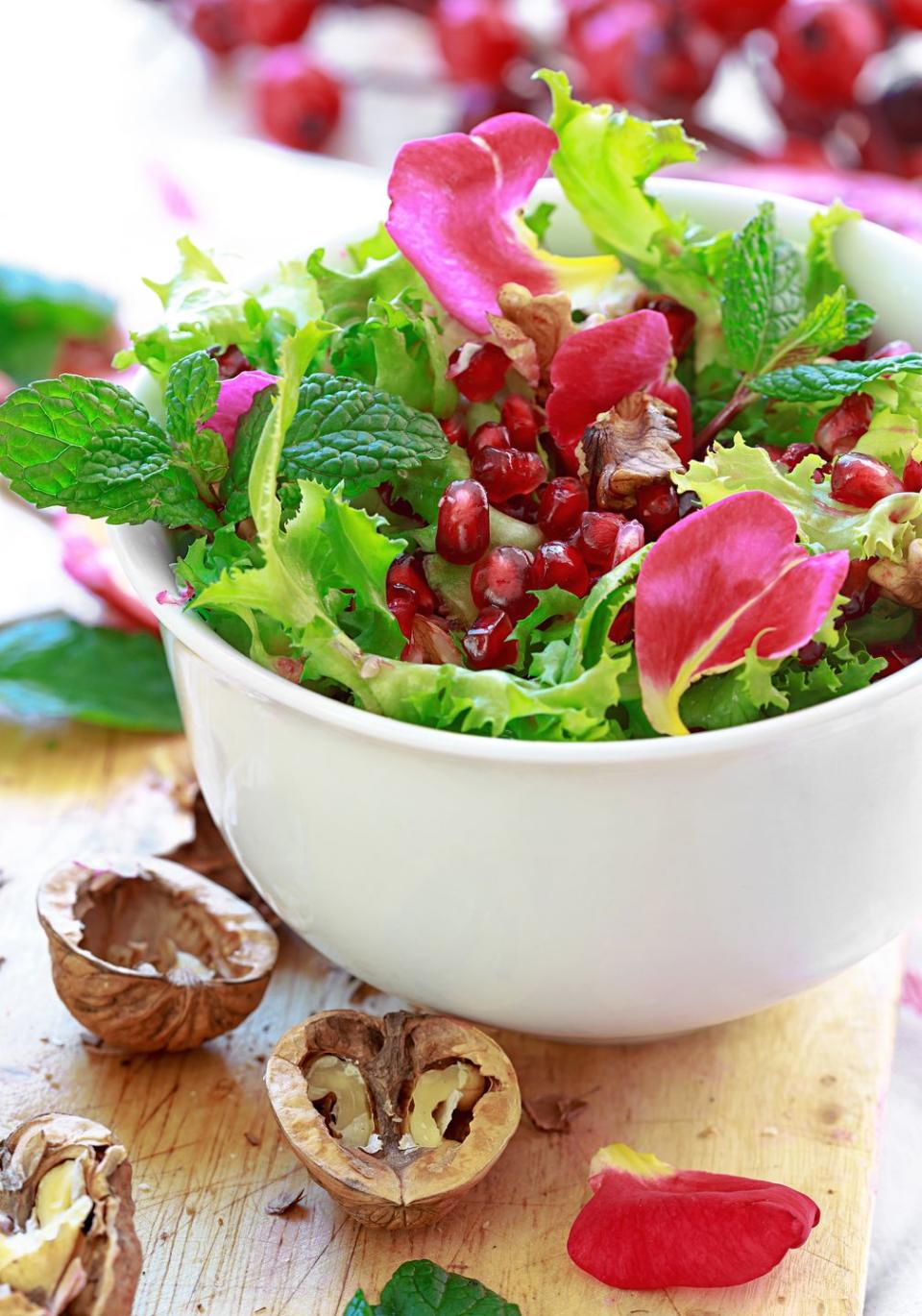
Calendula
Butterfly lovers, this plant is for you! Not only do the pollinators flock to these bright orange or golden annuals, but they'll add a nice bitter zest to salads. Also called pot marigolds, grow them from seeds in the cooler weather months, as they don’t like heat.
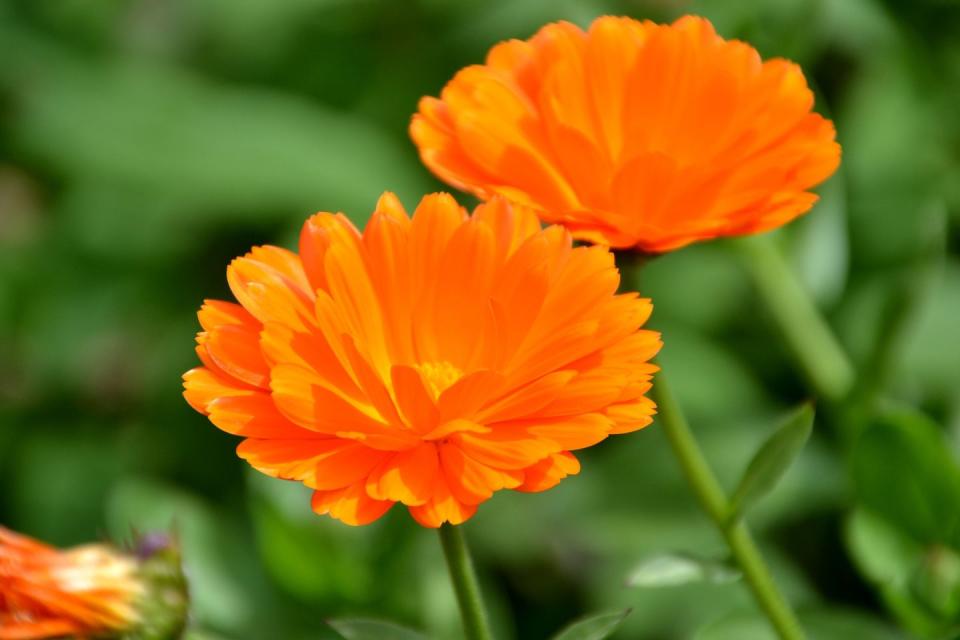
Pansy and Viola
These beautiful little flowers have a slightly fresh, grassy flavor. Use the petals or whole flowers to adorn cupcakes or add to salads. These are easy to grow, prefer cool weather, and often drop seeds to pop up again next spring on their own.
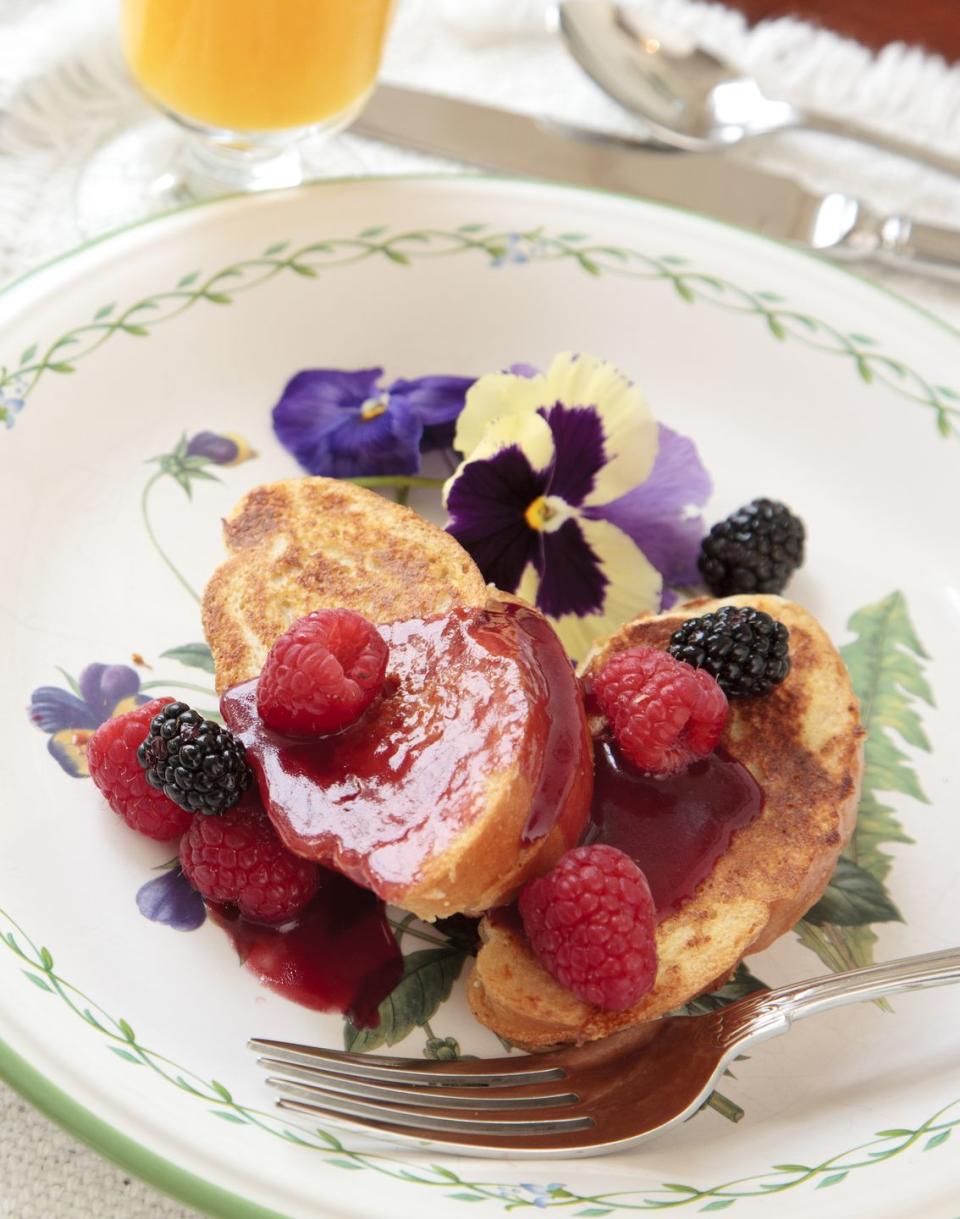
Thyme
The thyme flowers have a milder flavor than the leaves and can be used in soups or salads. This perennial herb grows in almost any soil type and is drought resistant once established. This plant grows easily from seed and spreads rapidly as an attractive ground cover.
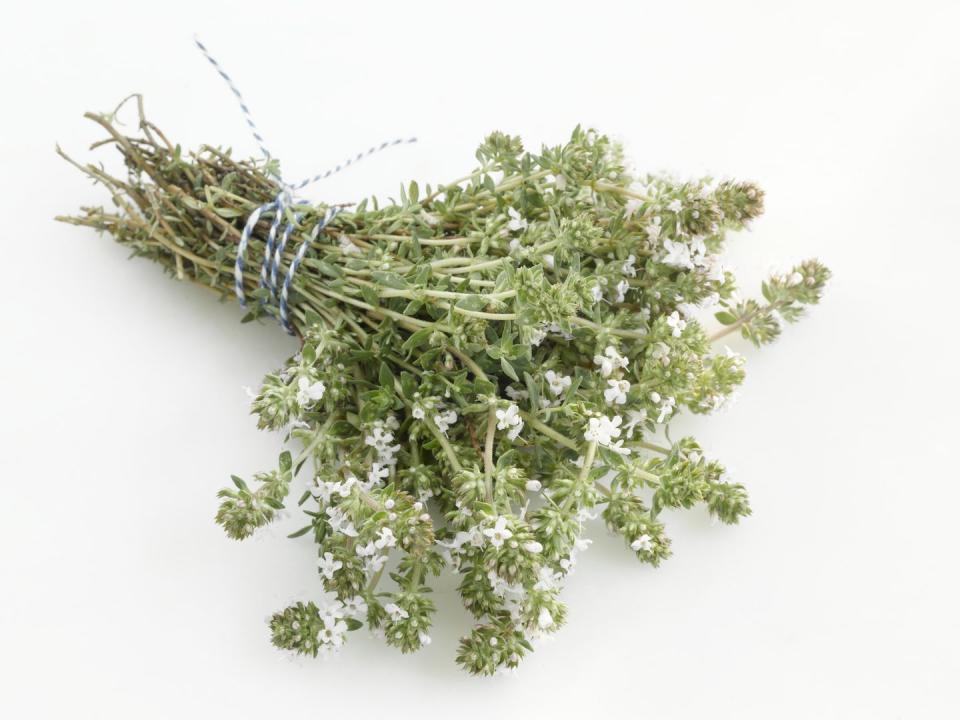
Mint
Many different flavors of mint exist ranging from peppermint to chocolate. The flowers and leaves can be added to teas, jellies, and sauces for lamb dishes. Mint is hardy, so it can be invasive. Instead of planting it in the ground, keep it in a pot to control the spread of this hardy herb.
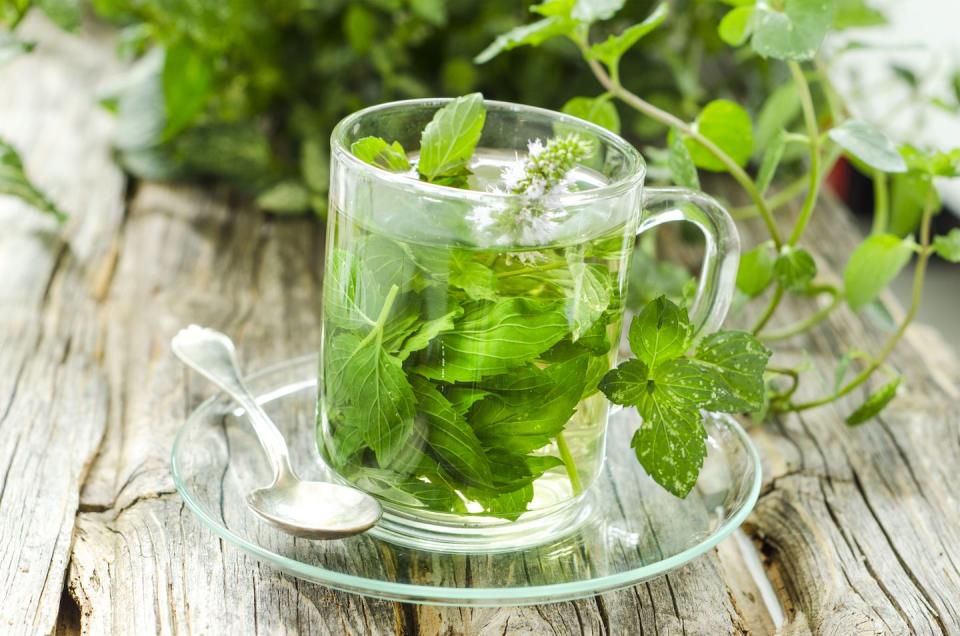
Marigold
This type of marigold has a pleasant bitter tang, perfect for use in teas, salads, or as a substitute for tarragon. Remove the bitter white part at the end of petals before consuming. It’s one of the easiest annuals to grow with few diseases or pests.
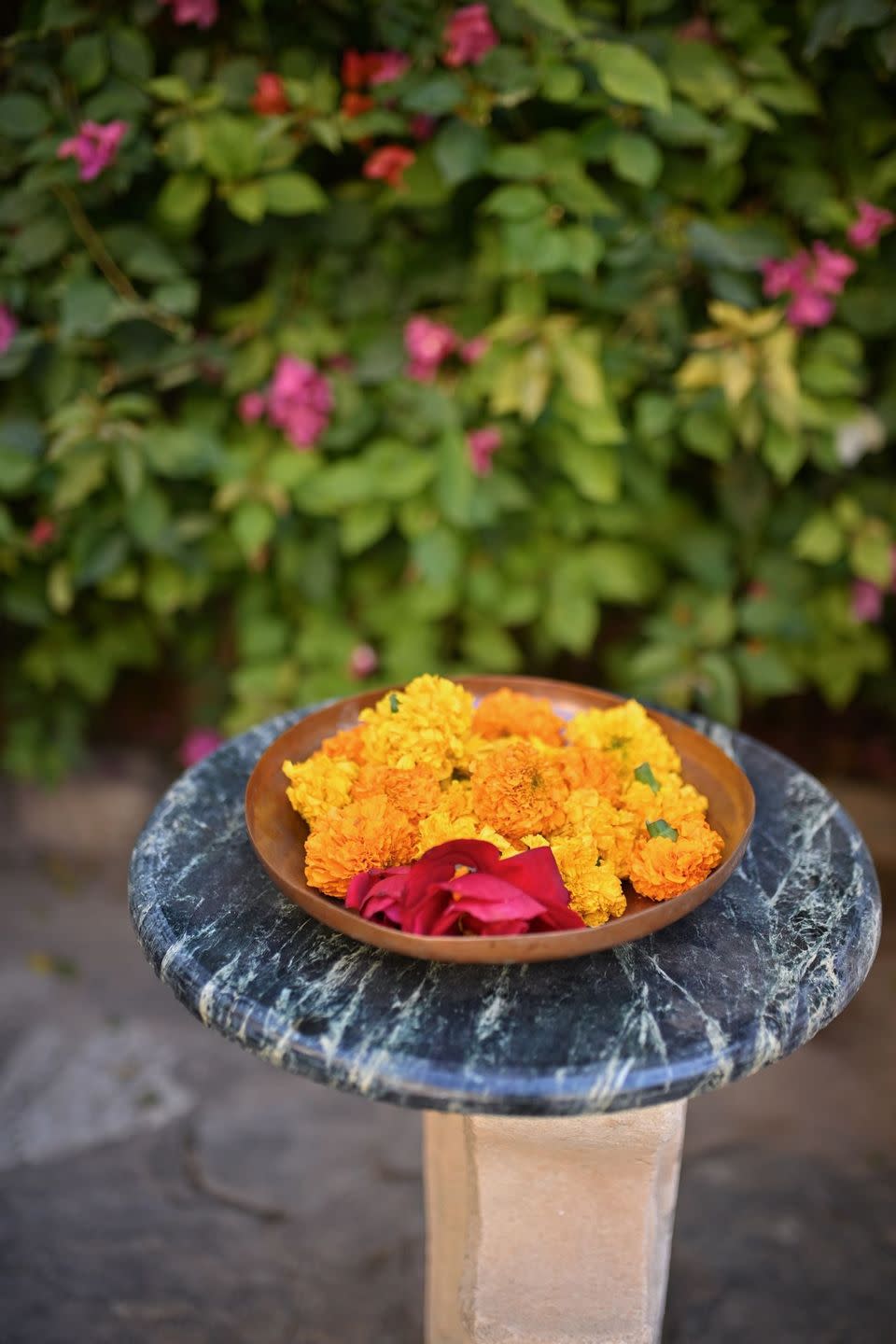
Arugula
Arugula is a cool-season green with a delightfully peppery flavor. However, when the temperatures rise, the plant "bolts," which mean that it flowers and eventually goes to seed. The leaves become too bitter once flowering begins, but the resulting peppery blossoms can be harvested and enjoyed in salads. Plant successive crops from seed a few weeks apart.
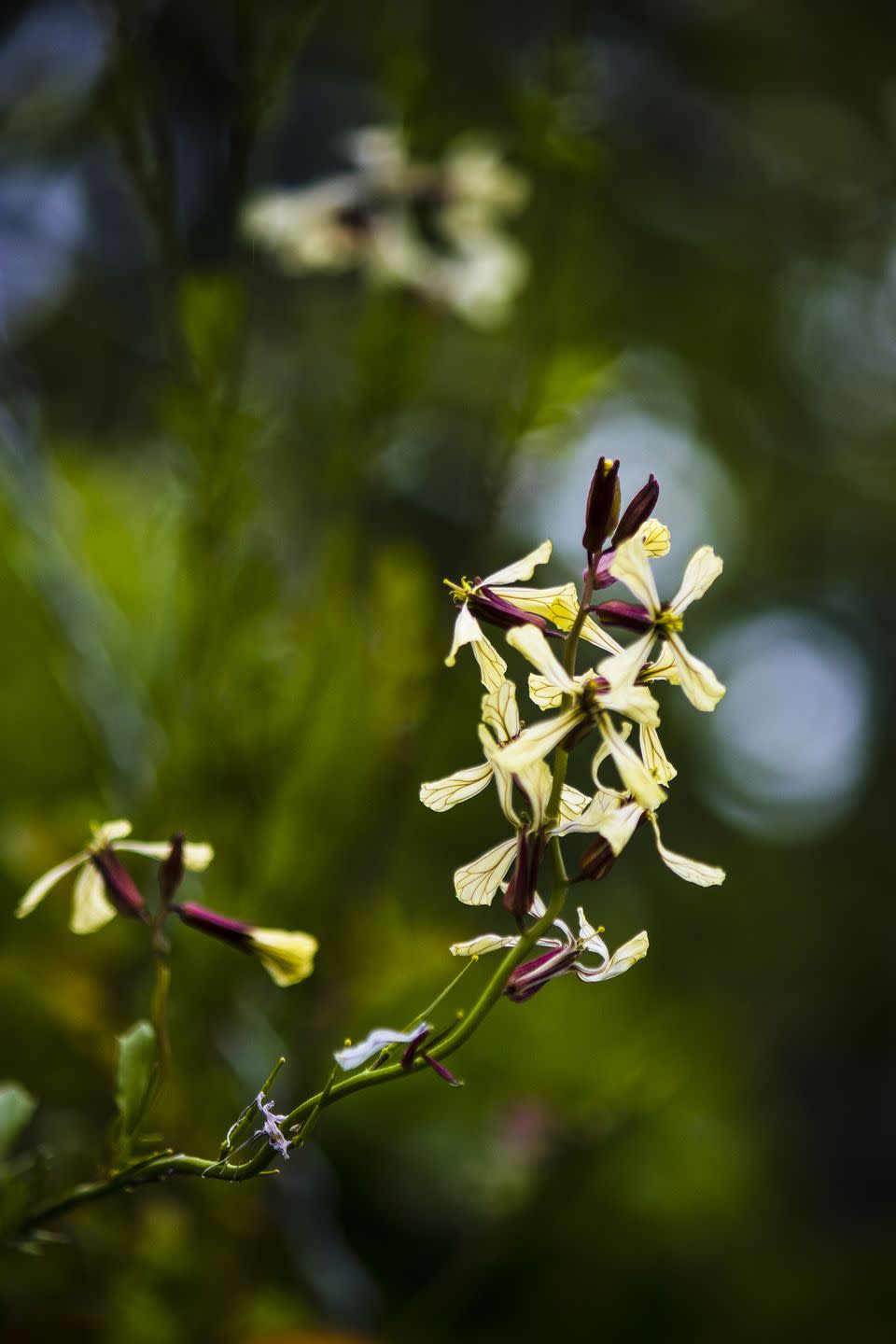
Lavender
Lavender's flowers have a lovely, intensely sweet flavor. Use them baked in scones, added to teas, candied for cakes, or to dress up salads. Lavender is a perennial, so choose a type that will grow in your USDA Hardiness Zone and enjoy it year after year.
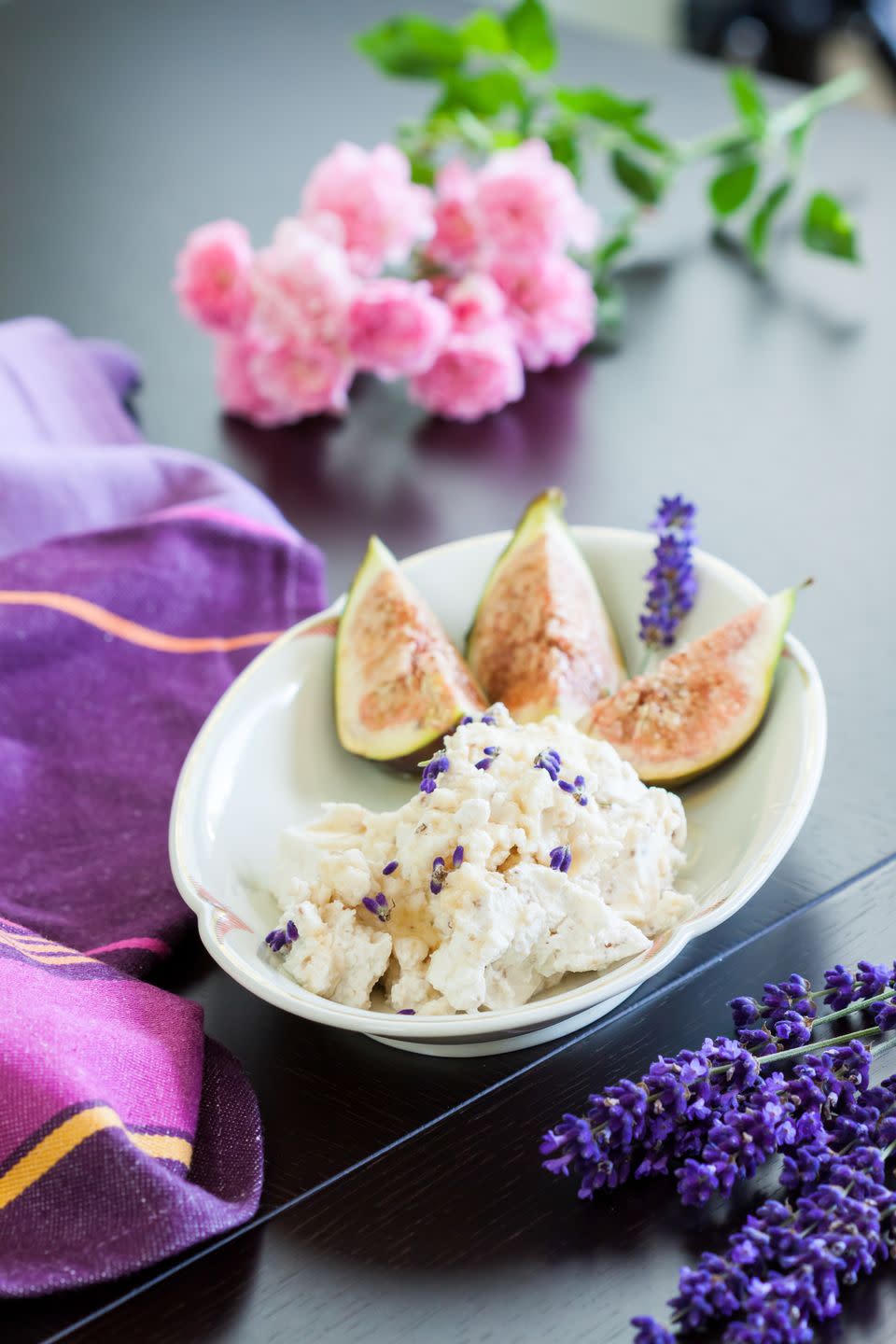
Lovage
Lovage is an old-fashioned perennial herb that isn’t well-known, but it imparts a celery-like flavor to a variety of dishes. Use the leaves for tea, but add the flowers to salads or soups. Grow this from seeds as it may be difficult to find in plant form.
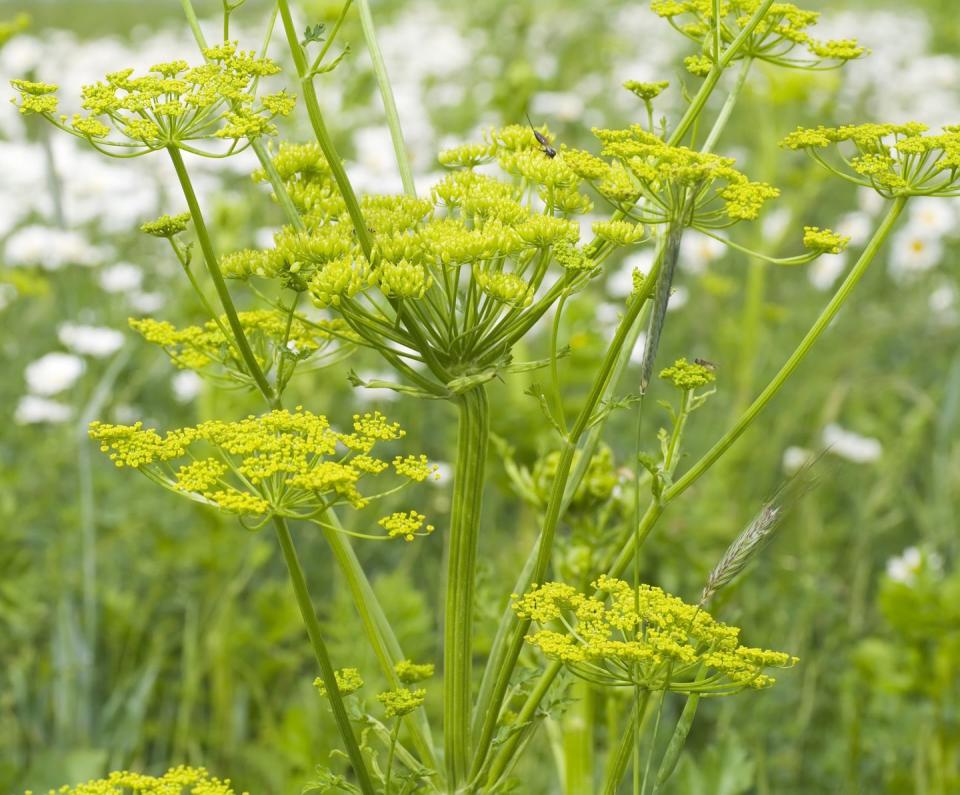
Borage
This little-known herb has edible leaves and beautiful blue flowers. Finely chop the leaves and add to salads for a light cucumber taste. They grow easily from seed and will reseed themselves for years in your garden.
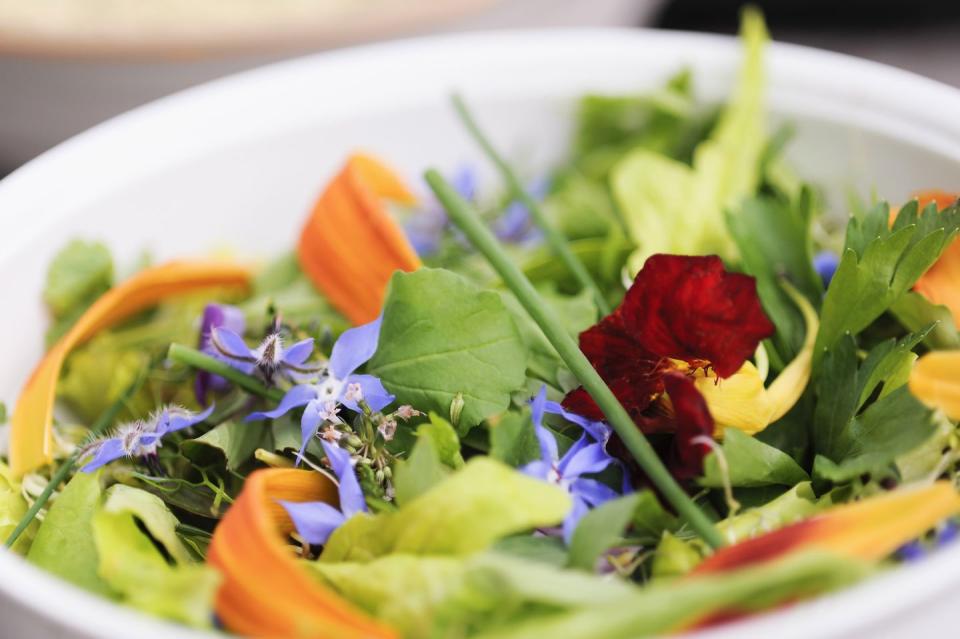
Cilantro
You already know that the leaves of this hardy annual are edible. But the flowers also add a light citrus flavor to salads and Mexican cuisine. Plus, if you let some of the flowers go to seed, you can harvest the seeds, which are also known as the spice coriander.
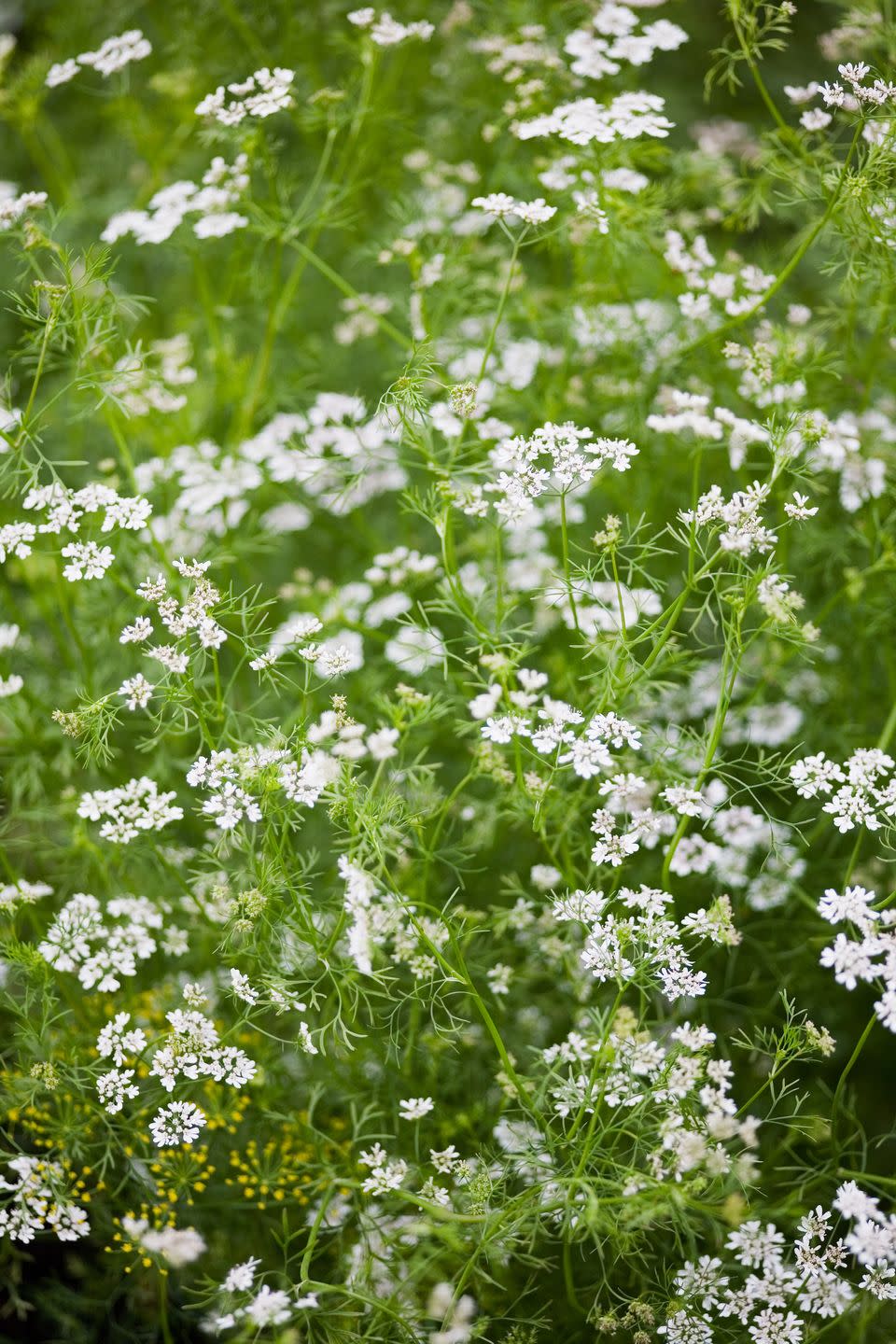
Violet
Violet flowers have a delicate sweet flavor and are great in teas. You can also candy the blossoms to decorate baked goods. Both the leaves and the flowers can be tossed on salads. You'll want to purchase violets as seeds, because plants are almost impossible to find.
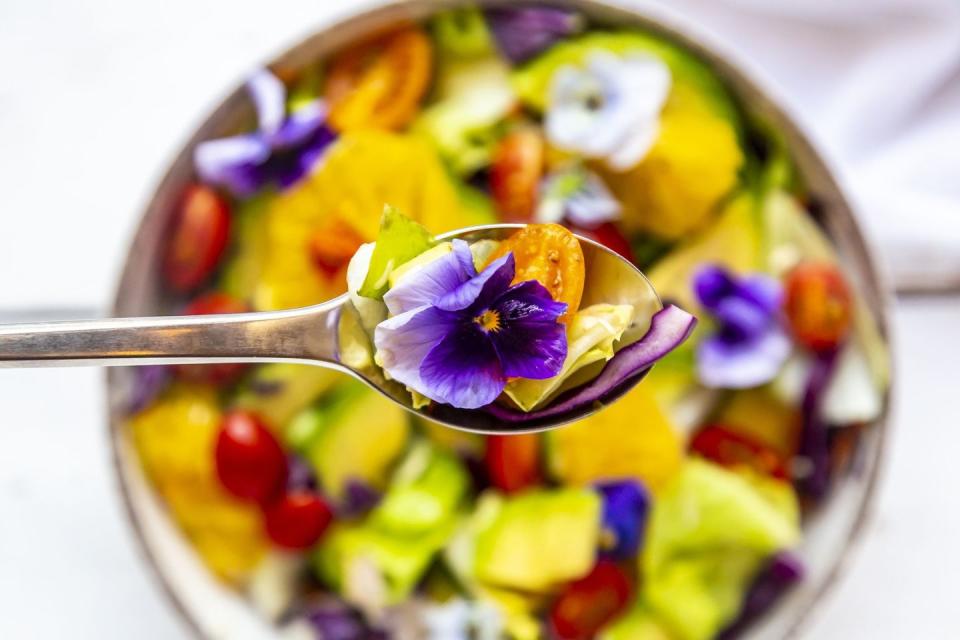
Nasturtium
This beautiful annual comes in an array of colors, including hot pinks, bright oranges, and golds. They’re the most versatile of the edible flowers. The pretty circular leaves, flowers, and seeds (which can be used a substitute for capers!) all add a peppery kick to salads. They’re incredibly easy to grow from seed, but soak the seed overnight first to help it germinate more easily.
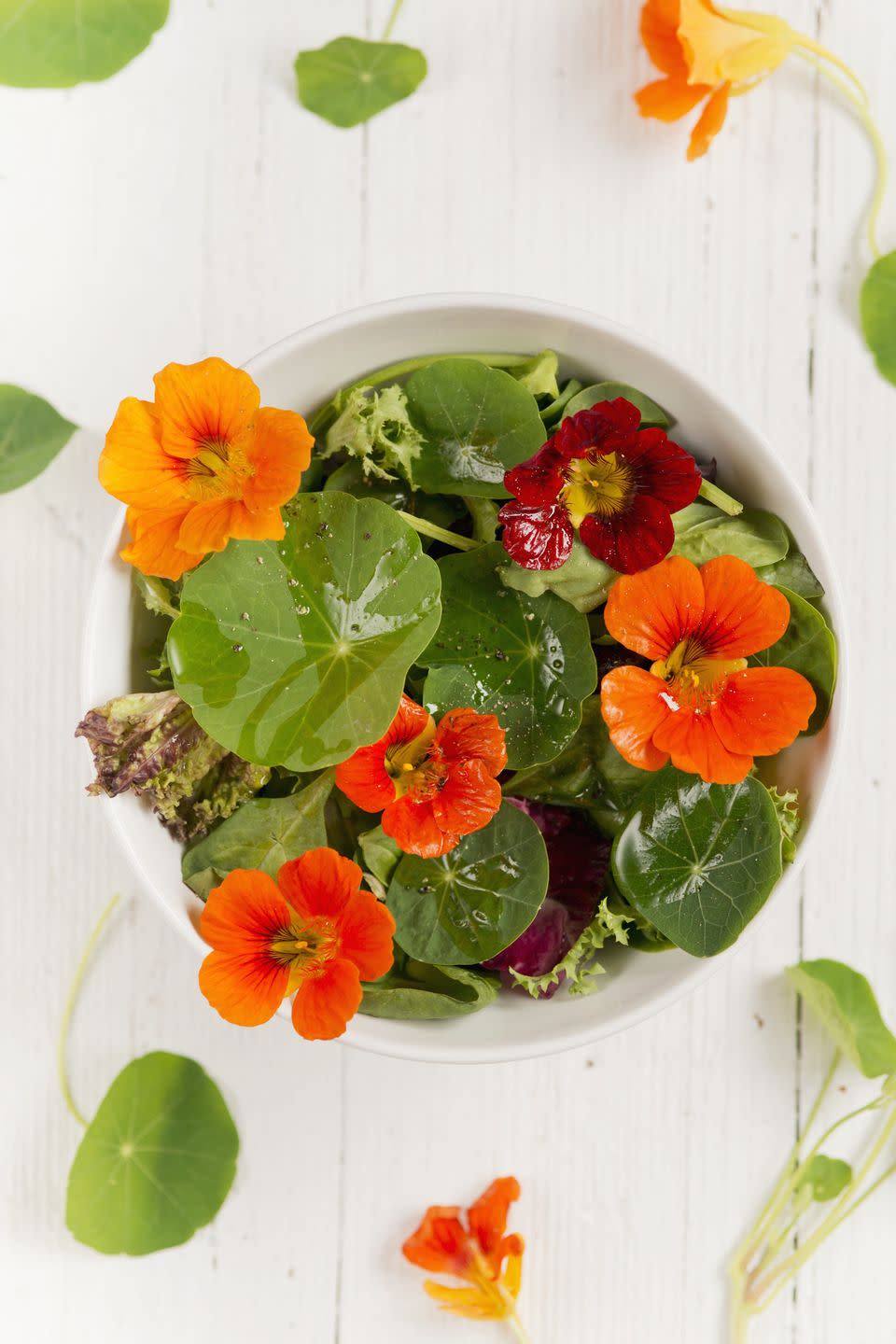
You Might Also Like

